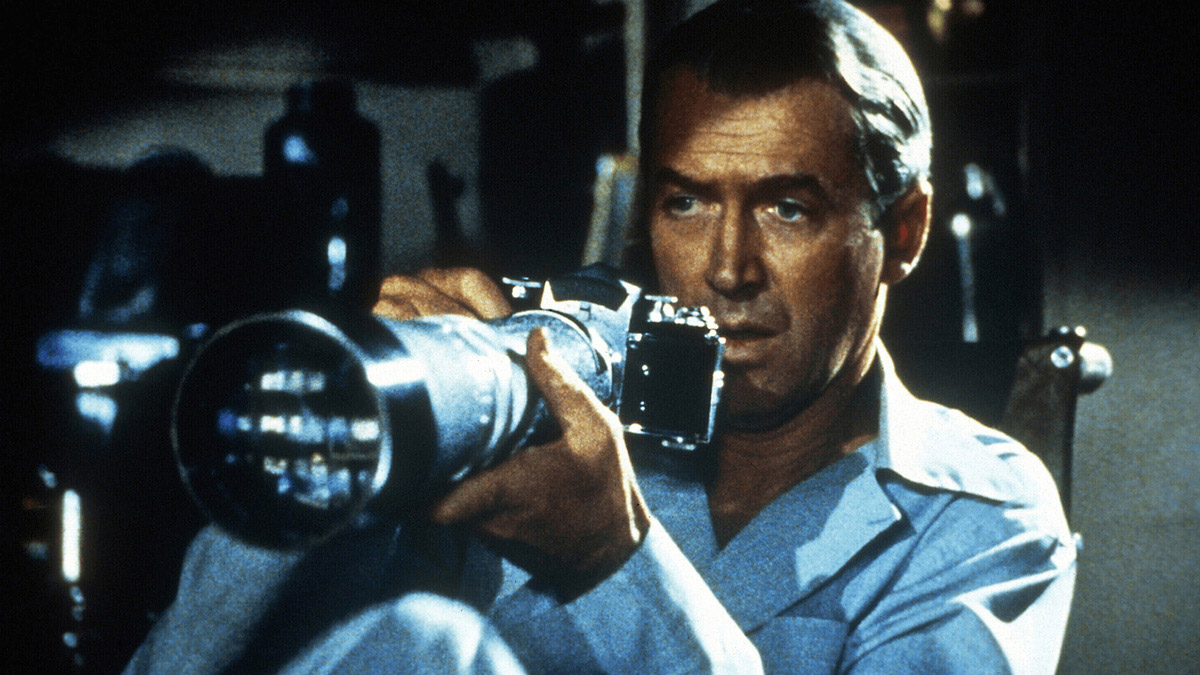
(c) Photofest / Getty Images
Hitchcock's "Rear Window" features a harmony of diverse love. It's not just a "peek" movie.
2019.05.30
A "love story" woven behind suspense and humor.
On the other hand, in the book " The Art of Cinema ," Truffaut asks Hitchcock, "Even if your initial aim was to 'challenge pure cinematic technique,' as your conception developed, didn't the view that unfolded beyond Rear Window eventually become 'the image of the world itself'" (p. 219). Furthermore, Truffaut points out that the various human relationships that the protagonist peers into all have some sort of theme of "love."
Now that you mention it, it's certainly true. From newlywed couples who work hard with the blinds down day and night, to lonely women who live alone, to female dancers who are fawned over by many men, to middle-aged couples who dote on their dog like their own child, to musicians who play moving melodies, compassionate "love" is present in the everyday lives of all kinds of people.
Moreover, James Stewart, who plays the "voyeur," is pressured by his girlfriend, played by Grace Kelly, to marry him, but is driven by the desire to not be tied down to that. How does he change his state of mind in the 112 minutes or so of the film? This process is structured in a way that makes one want to call it a lesson in love, and it is none other than the people on the "voyeur" side who naturally appease his stubborn heart and make the impossible possible.

"Rear Window" (c) Photofest / Getty Images
We should not forget the scene in which a middle-aged couple whose puppy was killed tearfully appeals to the residents, asking, "Why can we be so indifferent to each other, even though we are neighbors?" This film raises themes not only of love between men and women, but also of love in society and between neighbors. This is why the view from Rear Window emerges as a "concentration of the world."
As an aside, I rewatched this film for the first time in about 20 years, and was surprised to find that my impression of it had changed considerably since I last saw it. Despite the long gap since its production, the subject matter felt more familiar and urgent. Then, I suddenly realized that the scene in the film's apartment, dotted with people's daily lives, is somewhat similar to the "friends list" and "timeline" of the social networking sites we interact with on the Internet every day.
It's not that he was ahead of his time, or that the times have caught up with him. Perhaps we are just constantly going round and round in the world that Hitchcock depicted, no matter what era we live in.
<References>
“ Standard Film Art Hitchcock/Truffaut ” François Truffaut/Koichi Yamada and Shigehiko Hasumi translation/1990/Shobunsha
Text: USHIZU ATSUNOBU
Born in Nagasaki in 1977. When he was 3 years old, he saw ``Superman II'' with his father and became fascinated with movies. After The Graduate from Meiji University, he worked for a movie broadcasting channel and then became a movie writer. Currently, in addition to writing for Eiga.com, EYESCREAM, Real Sound Movie Club, etc., he also contributes to media press and theater programs.
(c) Photofest / Getty Images

